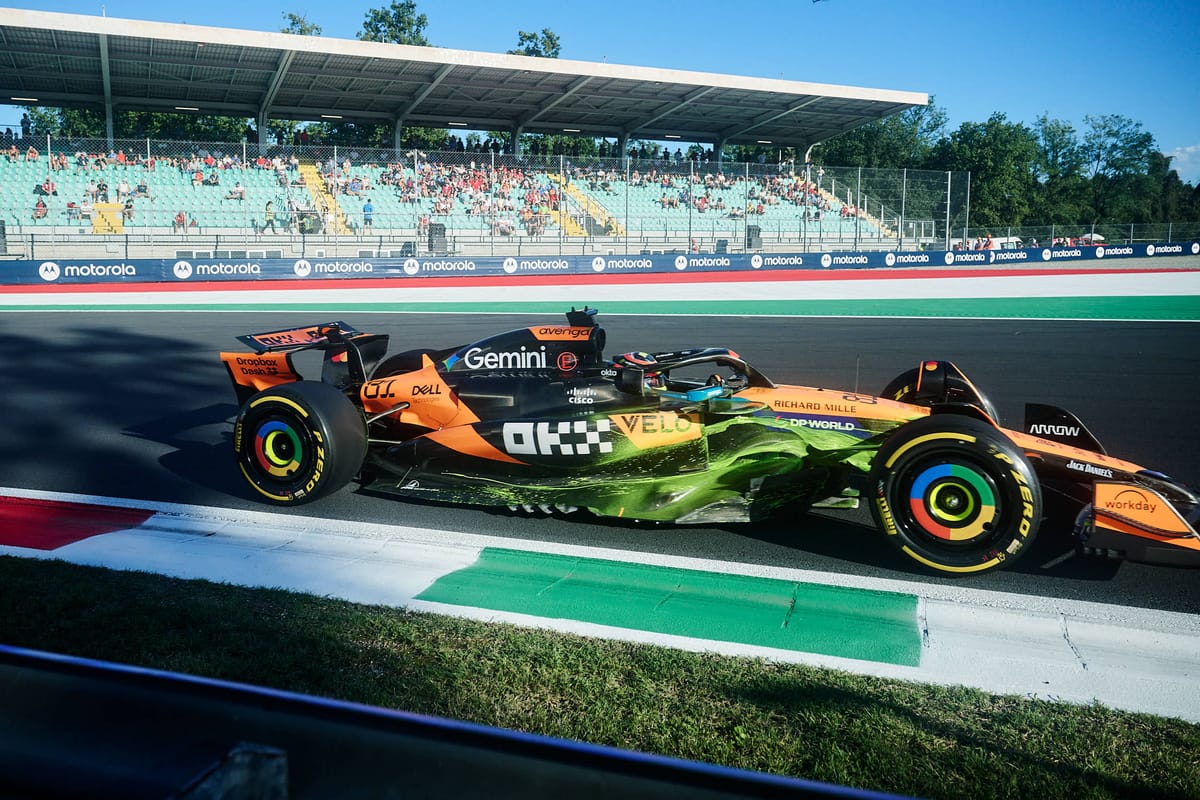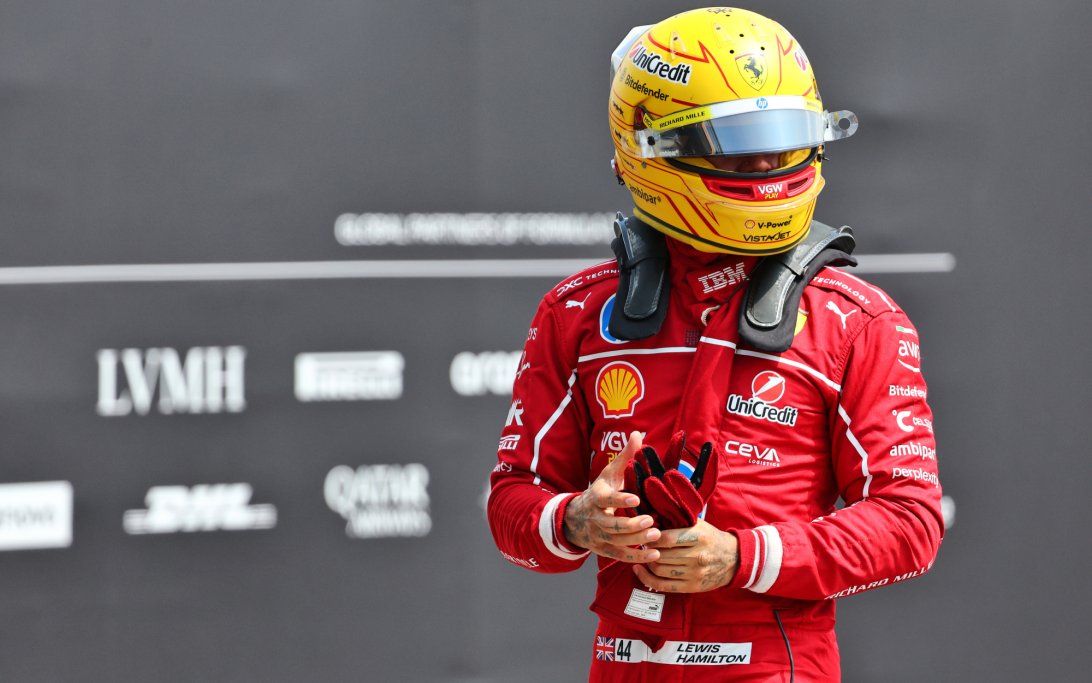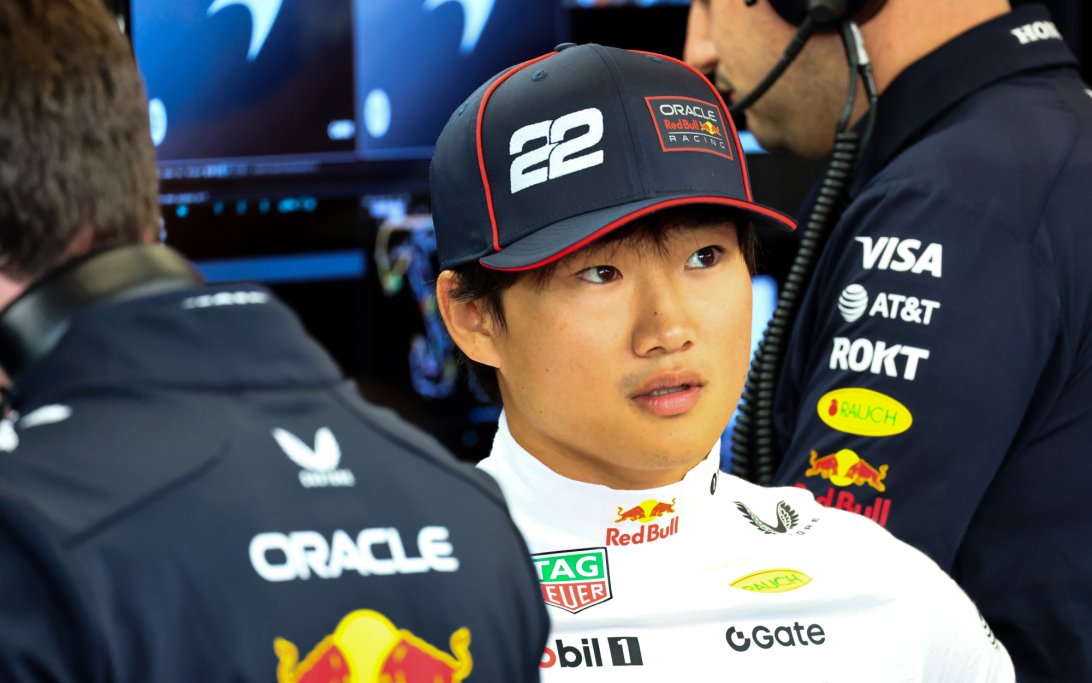
F1 Teams Adopt 'Cheap and Quick' Upgrade Approach Amid 2026 Rule Shift
F1 Teams Prioritize 'Cheap and Quick' Upgrades Ahead of 2026 Overhaul
Formula 1 teams are significantly shifting their development focus to the massive 2026 regulatory changes, leading to a new trend for the current season: a "cheap and quick" upgrade strategy. Rather than investing heavily in major overhauls, teams are now targeting minor, resource-light improvements that can still yield crucial lap time gains in a tightly contested field.
Why it matters:
The 2026 regulations represent one of the most substantial shifts in F1 history, demanding early and extensive resource allocation. This means fewer major in-season updates for 2025. However, with the competitive gaps between teams being razor-thin, even modest performance enhancements can deliver significant relative benefits, prompting a pragmatic approach to development.
The Big Picture: Development Shifts for 2025
Teams have largely curtailed aggressive in-season development for 2025. Most substantial upgrades seen this year, such as revised rear suspensions or bespoke low-downforce wings for Monza, were committed to much earlier in the year, before the full pivot to 2026. As Sauber's sporting director Inaki Rueda explained, the traditional, scheduled upgrade path for 2025 has largely "stalled," replaced by an opportunistic "why don't we try this?" attitude for minor improvements.
Focus on Brake Duct Development
This opportunistic approach has primarily manifested in brake duct development. Teams like Sauber and Alpine have been observed making subtle modifications in this area, recognizing its potential for impact without demanding extensive resources.
- Low Cost, High Efficiency: Brake duct tweaks are cost-effective and quick to develop. As Rueda noted, these often involve CFD simulations without requiring expensive wind tunnel time, or simply adding an appendage to an existing brake drum rather than a full redesign. This also aligns well with cost cap limitations.
- Alpine's Perspective: Alpine's technical director David Sanchez highlighted that this area is "quite cheap and quick to develop or evaluate," contrasting it with high-cost items like floors. He confirmed that while most design staff are focused on 2026, some continue to explore quick and easy ideas via CFD for current car improvements.
Why Brake Ducts Matter: Multifaceted Gains
Brake duct designs offer multiple performance benefits beyond just cooling. Sanchez pointed out their influence on direct downforce, manipulation of airflow, and wheel wake, which can significantly impact floor performance. Rueda added that they help bleed flow from the floor and bodywork, and critically, manage tire heat by preventing brake heat from radiating into the rim.
What's Next: Balancing 2025 and 2026
Even as the season enters its final races, teams are not entirely shutting down upgrade ideas for 2025. Any further developments will adhere strictly to this "big bang for their buck" philosophy: minimal resource investment for potentially maximum returns. This pragmatic balancing act between extracting current performance and preparing for the monumental 2026 challenge will continue to shape the remainder of the season's development efforts across the grid.
Original Article :https://www.the-race.com/formula-1/f1s-new-cheap-and-quick-car-upgrade-trend/










